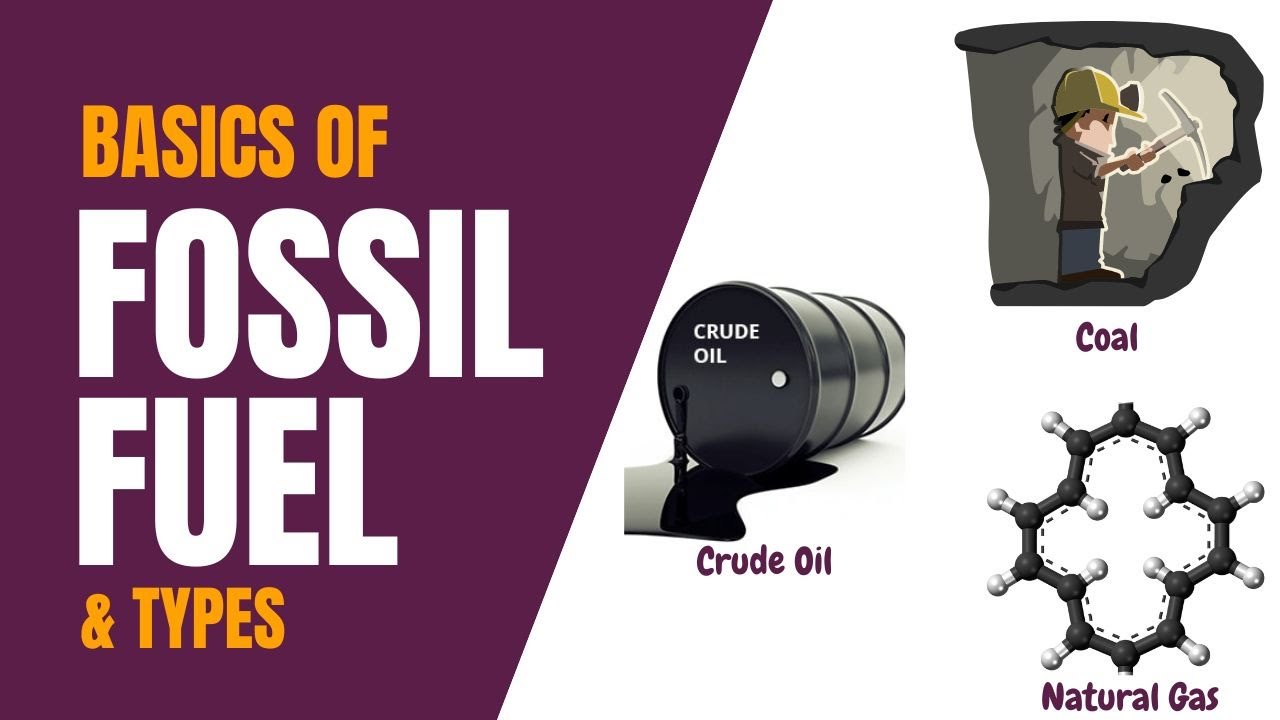Oil 101
Summary
TLDROil, also known as petroleum or crude, is a fossil fuel derived from ancient marine organisms transformed under heat and pressure. Found in underground reservoirs, it's extracted through drilling and refined into various products like gasoline and plastics. Oil powers transportation and contributes to synthetic goods, yet it poses environmental and geopolitical challenges, including land disturbance and global greenhouse gas emissions.
Takeaways
- 🛢️ Oil, also known as petroleum or crude, is a thick black liquid primarily composed of hydrogen and carbon.
- 🔍 The physical properties of oil, such as its viscosity, can vary greatly depending on the specific hydrocarbon molecules present.
- 🌐 Trace elements of sulfur, nitrogen, and oxygen are also found in oil.
- 🐚 Oil deposits are formed from dead marine organisms that were buried under sedimentary rock and transformed over millions of years.
- 🔥 The conversion process of these organisms to oil is facilitated by intense heat and pressure, making oil a type of fossil fuel.
- 🏞️ Oil is found in underground geological formations known as reservoirs, which have specific physical properties to hold hydrocarbons.
- 🔬 Geologists use exploration techniques like seismic surveying and rock core sampling to locate oil reserves.
- 🚧 Once located, oil is extracted from reservoirs, most commonly by drilling wells.
- ⛽ Oil is transported to refineries via pipelines, ships, rail, or trucks for further processing.
- 🏭 At refineries, oil undergoes a complex refining process to create various petroleum products, including gasoline, diesel, and jet fuel.
- 🌐 The world relies heavily on oil for powering its transportation systems and producing synthetic materials like plastics and petrochemicals.
- 🌳 The production and use of oil come with social and environmental challenges, including land disturbance, contribution to greenhouse gas emissions, and geopolitical tensions over resource control.
Q & A
What is oil also known as?
-Oil is also known as petroleum or crude.
What are the primary elements that make up oil?
-Oil is primarily composed of hydrogen and carbon.
How do the physical properties of oil vary?
-The physical properties of oil, such as its thickness, vary greatly depending on the specific combination of hydrocarbon molecules.
What trace elements does oil contain besides hydrogen and carbon?
-Oil also contains trace elements of sulfur, nitrogen, and oxygen.
How were today's oil deposits formed?
-Today's oil deposits were formed millions of years ago from dead marine organisms that sank to the ocean bed, were buried under sedimentary rock, and transformed into oil through intense heat and pressure over millions of years.
Why is oil referred to as a fossil fuel?
-Oil is referred to as a fossil fuel because it is formed from the remains of ancient marine organisms that have undergone a transformation process over millions of years.
Where is oil typically found?
-Oil is found in underground geological formations called reservoirs.
What role do the rocks in a reservoir play in holding hydrocarbon reserves?
-The rocks in a reservoir have various physical properties that allow them to hold hydrocarbon reserves.
How do geologists locate oil reserves?
-Geologists locate oil reserves through exploration activities such as seismic surveying, rock core sampling, and other advanced technologies.
What is the most common method for extracting oil from a reservoir?
-The most common method for extracting oil from a reservoir is by drilling wells.
What happens to oil once it is recovered?
-Once recovered, oil is transported by pipeline, ship, rail, or truck to a refinery where it undergoes a refining process to create petroleum products.
What are some of the petroleum products created in the refining process?
-In the refining process, petroleum products like gasoline, diesel, jet fuel, asphalt, and many more are created.
What are the primary uses of oil in the world today?
-The world uses oil primarily to power its transportation system and to create commonly used synthetic products like plastics and petrochemicals.
What social and environmental challenges does the production and use of oil present?
-The production and use of oil present challenges such as land disturbance in environmentally sensitive areas, contribution to global greenhouse gas emissions, and geopolitical tensions over control of oil resources.
Outlines

此内容仅限付费用户访问。 请升级后访问。
立即升级Mindmap

此内容仅限付费用户访问。 请升级后访问。
立即升级Keywords

此内容仅限付费用户访问。 请升级后访问。
立即升级Highlights

此内容仅限付费用户访问。 请升级后访问。
立即升级Transcripts

此内容仅限付费用户访问。 请升级后访问。
立即升级5.0 / 5 (0 votes)






